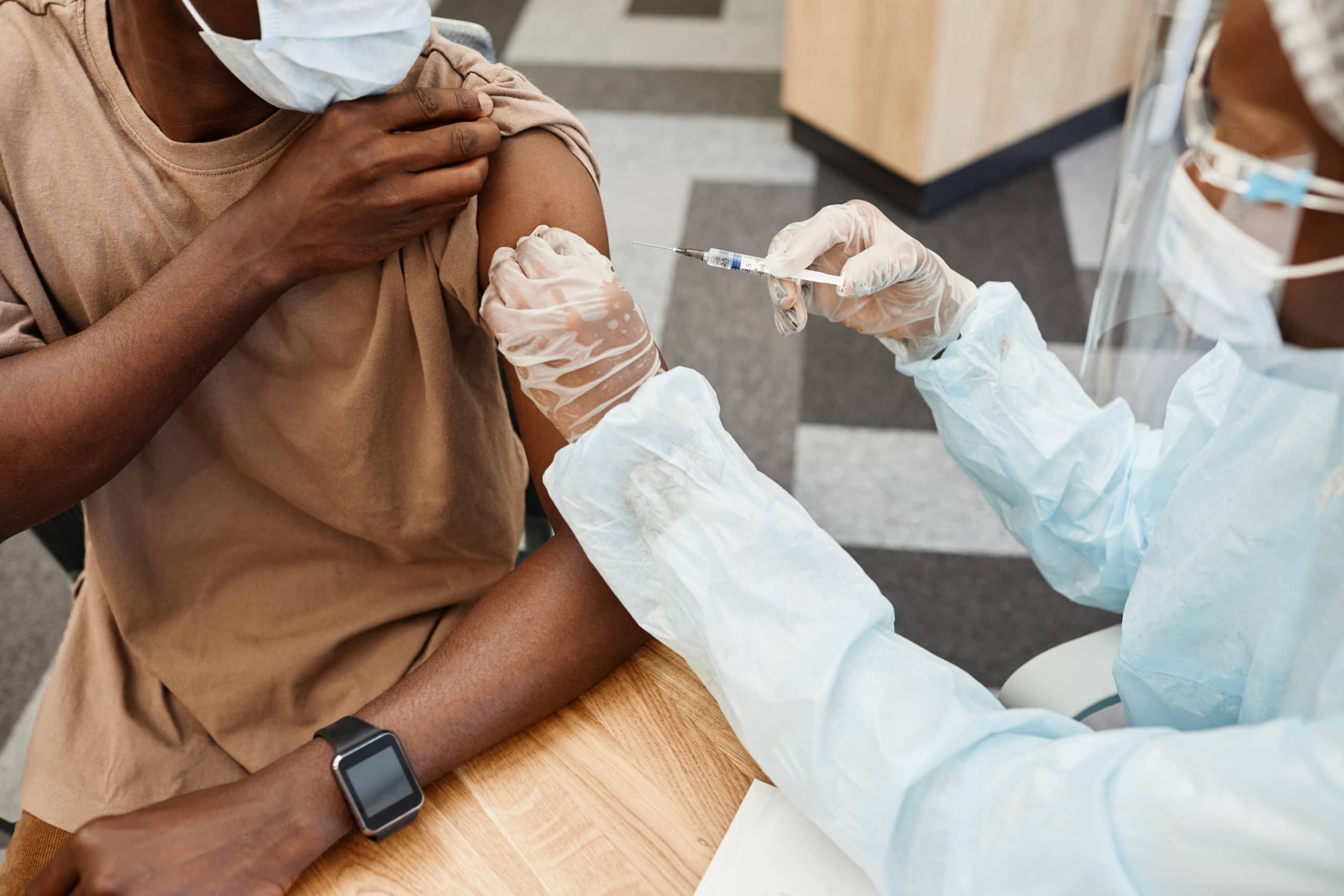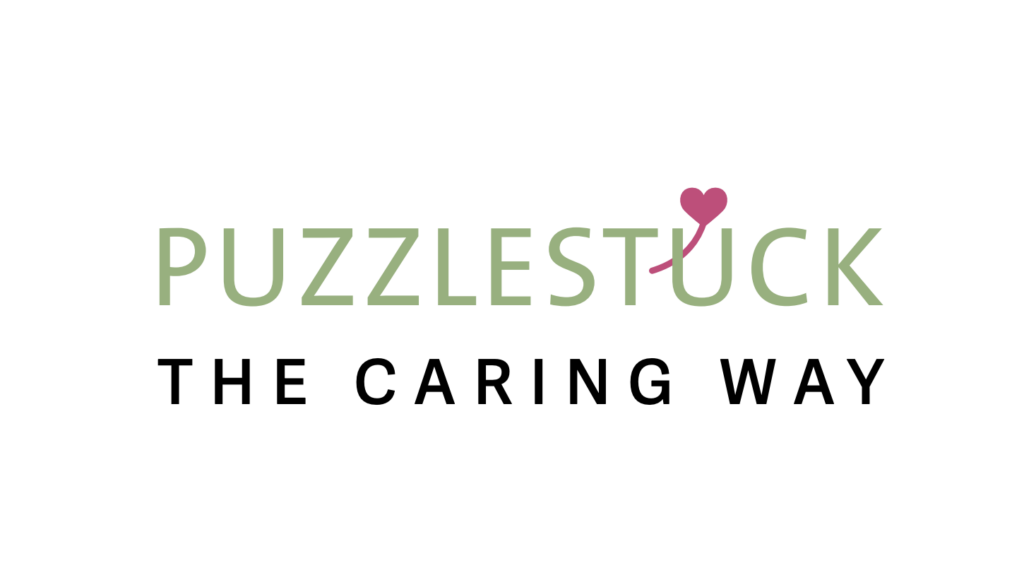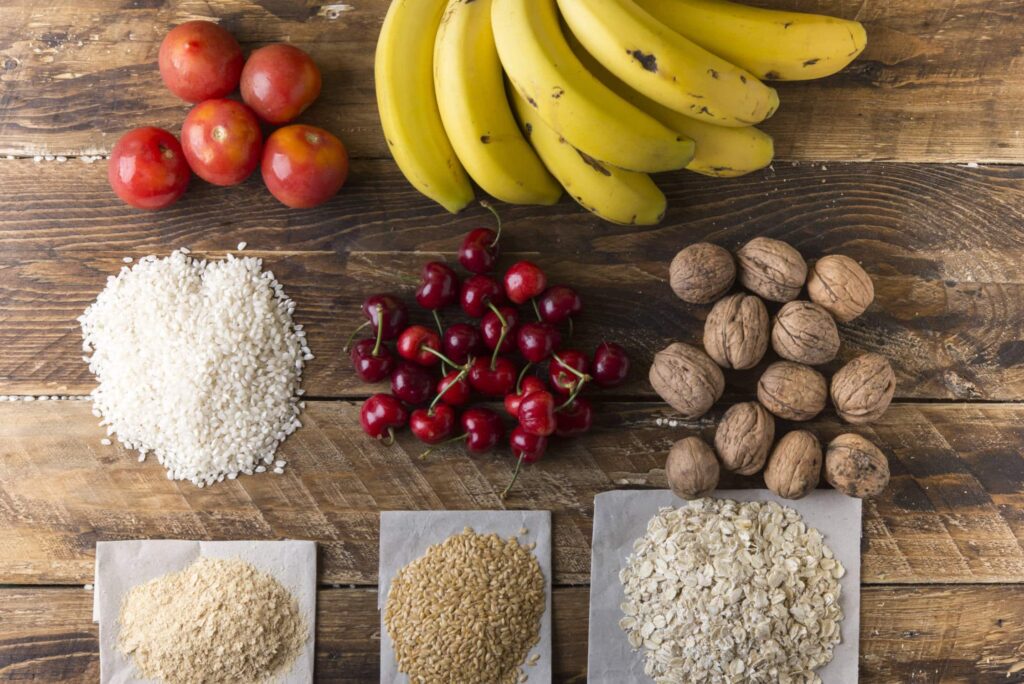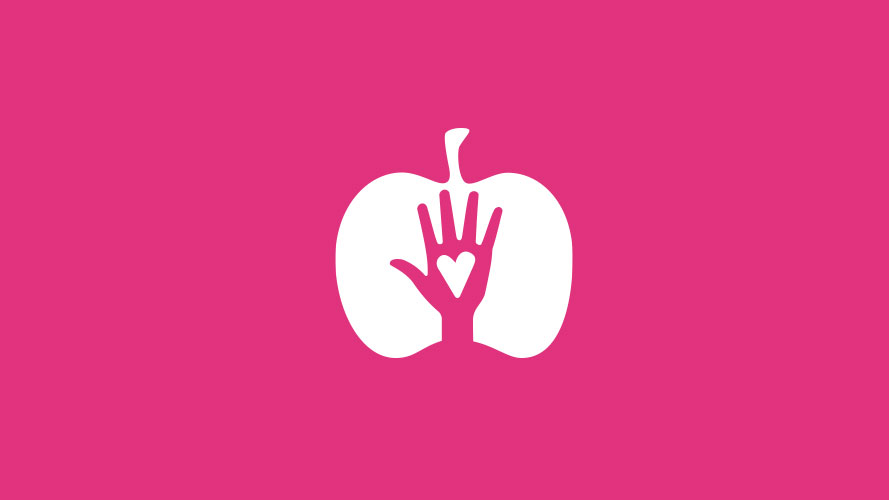‘Vaccine shedding’ is typically defined as the release from the body of viable viral particles following the injection of a person with a live virus vaccine. Shedding can happen through saliva, in tiny droplets released via the airways, or feces. People exposed can subsequently become infected and may or may not initiate an ongoing chain of transmission.
Historically, it has been thought that only live attenuated vaccines, which contain weakened forms of the target virus, can shed. Examples of live attenuated vaccines that shed are influenza (whether applied by the intranasal or intramuscular routes), varicella (chickenpox), and the oral polio vaccine. In 2017, there were more cases of polio disease caused by circulating vaccine-derived poliovirus (cVDPV) than there were of wild poliovirus.
Immunocompromised individuals have long been cautioned against contact with friends and family that have been recently vaccinated with a live attenuated vaccine.
Shedding has been documented in other live virus vaccines including measles, rubella, and herpes zoster vaccines, but transmission as a result of shedding has not.
- Measles virus RNA has been found in urine samples of vaccinated individuals from one to 14 days after vaccination and the vaccine-type virus was isolated in a throat swab of a child in France after vaccination.
- Rubella virus has been excreted in the nose and throat of vaccinated individuals 7-28 days post-vaccination and transmission of the virus via breast milk has been documented.
- The varicella (chickenpox) vaccine has resulted in the vaccine-type virus being found replicating in the lungs and has been documented transmitting through shingles sores as well as through classic chickenpox in recently vaccinated individuals.
Vaccine shedding can vary greatly not only between different live vaccines but also between individuals. When it occurs after injection with live attenuated vaccines, individual differences and other variables can affect how much or little is shed, the duration of shedding, the likelihood of the vaccine being responsible for transmission to others, and whether any disease occurs in those exposed to the shedding virus.
Can Covid-19 injections cause shedding?

Covid-19 injections are not live attenuated vaccines. Many, but not all, are mRNA injections—a new gene-based technology that has never been used in humans outside of a clinical trial setting until recently. The two most widely used Covid-19 injections, the mRNA (e.g. by Pfizer and Moderna) and adenoviral vector (by AstraZeneca and Johnson & Johnson) types, contain genetic material that include instructions for cells in the body to produce vast quantities of a modified form of the spike protein of SARS-CoV-2, the virus that can cause Covid-19. This spike protein may then circulate through the lymphatic or vascular systems of the body.
The presence of the spike protein in the body aims to trigger an immunological response via neutralizing antibodies but typically, at best, provides only short-term protection from severe Covid-19 disease in the event that injected individuals are exposed to wild virus. However, the spike protein, whether from naturally-acquired infection or generated following injection, has itself been found to have toxic properties with the potential of causing adverse effects in some people.
Viral shedding that results in viable virus being released that has the potential to infect others is not uncommon, especially among Covid-19 injected people who are then infected by SARS-CoV-2. Viral shedding may occur for as long as three months or more in infected, immune-compromised people.
Modified spike protein produced by the body following injection with Covid-19 ‘genetic vaccines’ may be released via the airways, saliva, or feces, and can cause toxicity to those exposed. But such exposure will not result in infection as the whole virus is not present. While some scientists do not regard this as ‘vaccine shedding’ because it does not involve viable viral particles, it can still, in our view, be regarded as a form of shedding: namely ‘Covid-19 injection-induced spike protein shedding’.
Additionally, because the new inoculations also contain undisclosed ingredients, it is not clear whether they may contain materials that could be shed or transfected in addition to the spike protein.
What does the evidence tell us?

Based on widely reported anecdotal evidence, there does appear to be an association between the development of adverse reactions or symptoms in uninjected individuals after they have been in contact with recently Covid-19 injected individuals. These include reports of children experiencing unusual nosebleeds, women experiencing menstrual irregularities, breastfeeding babies experiencing gastrointestinal bleeding, unusual skin rashes, Covid-19-like symptoms, and more.
Unfortunately, studies that confirm or deny that injections containing the SARS-CoV-2 spike protein shed into the population have not been done, leaving anecdotal evidence from people and healthcare practitioners as our only guide as to what may be happening. While anecdotal evidence alone is not enough to prove unequivocally whether or not Covid-19 injection-induced spike protein shedding occurs, the fact that such reports with photographic evidence are commonly shared by health professionals and among the public, especially via social media, suggests they are a matter of justified concern and deserve to be the subject of intensive research.
Because vaccine shedding is a known occurrence in some vaccines and has resulted in harms including causing infection in immunocompromised individuals and the current greater occurrence of cVDPV than wild poliovirus, it is clear that research is needed in this area relative to injections that contain the SARS-CoV-2 spike protein.
A peer-reviewed paper published in Cell has revealed that people who took the Moderna or Pfizer injections actually produced more spike protein than those who were severely ill with Covid-19.
Has Pfizer admitted that the spike protein sheds?
Some have pointed to Pfizer’s document that details the protocol (Protocol C4591001) for the study of their “RNA-Based COVID-19 Vaccines” as proof that the vaccine sheds. Section 8.3 of the document deals with Adverse Events and Serious Adverse Events reporting and indicates the instances in which exposure to the “study intervention” would warrant such a report.
While aspects of the protocol appear unique to this specific study, the sections pointed to as proof of shedding can also be found in previous Pfizer studies for different interventions including topical ointments and ingestible pills.
However, in May 2021, Twitter suspended Luigi Warren after he expressed his expert opinion as a scientist that the spike protein does in fact shed, but probably not enough to cause disease. Warren is President and CEO of biotech firm Cellular Reprogramming and worked with Derrick Rossi, the co-founder of Moderna, on mRNA vaccine technology.
Should I be worried about spike protein shedding?

There is still no broad scientific consensus over vaccine-induced spike protein shedding. However, there is an abundance of evidence supporting the mechanism whereby the body produces vast quantities of spike protein following injection, as well as an ever-growing number of anecdotal reports of people suffering adverse reactions or symptoms, some matching Covid-19 disease, following exposure to Covid-19 injected individuals.
The load (amount) of spike protein to which someone is exposed is likely to be a key determinant of risk, with greater exposures being associated with crowded, poorly ventilated environments where Covid-19 injected people have been injected at similar times. These circumstances are common following injection or booster campaigns targeting specific age groups. Some health professional believe that, with the considerable uncertainty around shedding, it may be prudent to practice social distancing. Exposures will tend to be greatest between weeks 1 and 6 following injection.
We also know that Covid-19 injected individuals, when infected, shed at least the same amount (but perhaps even more) viable virus than those who are un-injected, making a mockery of authorities which place travel or access restrictions, or a greater testing burden, on un-injected individuals.
It is also clearly evident that the spike protein, whether from natural infection with SARS-CoV-2 or the result of Covid-19 injection, has the potential to cause harm to various cells and tissues in our bodies. Any decision to be injected, or exposed to injected individuals, must be weighed up against the likelihood of deriving benefit. This is an important reason why the World Council for Health (WCH) strongly advocates for choice and informed consent, and is strongly opposed to injection mandates.
To safeguard the public, WCH has produced a Spike Protein Detox Guide that is the result of wide consultation with frontline doctors and other health professionals who have been dealing with injection-related harms. The guide incorporates a range of accessible tools that can be readily incorporated into daily life.
WCH also recommends the continued optimization of our immune systems so that our bodies are primed to be able to respond to any of the diverse range of potentially pathogenic viruses or bacteria that come our way, while also reducing the risk of developing complications of the immune system, especially autoimmunity.
There is an ever-growing evidence base showing that it is not the government-supported Covid-19 injection campaigns, but rather naturally-acquired immunity and resilient immune systems, coupled with mutations in SARS-CoV-2 (e.g. omicron), that are responsible for more and more countries emerging from the SARS-CoV-2 crisis.
Given the reluctance of health authorities and the greater part of the mainstream medical establishment to address the importance of natural immunity, we owe it to each other, and to those around us, to become health empowered and do what we can to optimize our natural immunity and resilience.






